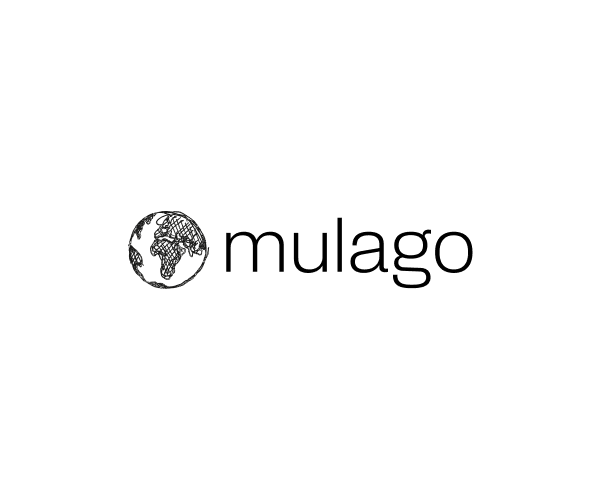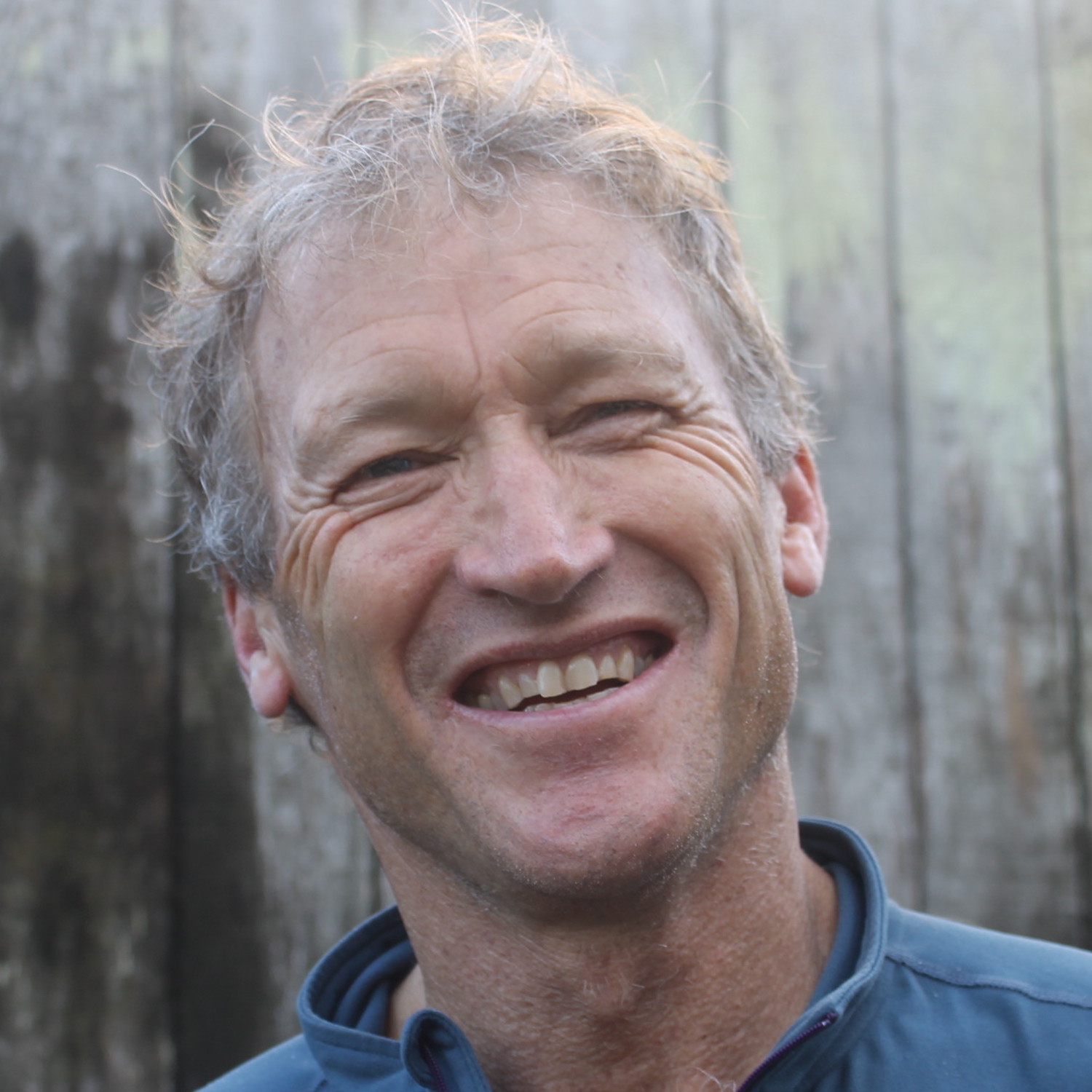Big Bet Bonanza
Turning a one-time score into an impact jackpot.


In the spring, I wrote a piece called “Big Bet Bummer.” It was probably as close as I’ll ever get to real reporting, which is to say that it was mostly a recounting of what I heard from frustrated leaders at the Skoll World Forum in Oxford. Mostly it was about the “funding cliff,” the thing that happens when big bet-driven dreams meet current funding realities. Instead of a series of eight-figure grants fueling a march to glory, leaders found themselves unwinding grand plans and laying off hard-won hires. That really sucked, and it took the shine off what should and could be a whole new set of opportunities for impact at scale.
In the aftermath of that piece, a lot of people thought I was opposed to the whole idea of big bets. Not at all. I just think we got some things wrong on the first go-round. There were two main problems. First, some organizations that got big bet funding simply didn’t have a scale strategy commensurate with an eight-figure grant. Second, people planned as though the flow of big bets would swell and there would be a lot of follow-on funding (there wasn’t). It didn’t help that there was a significant exodus of “regular” funders who didn’t think their money mattered anymore.
It doesn’t have to be that way, and I think we’re at a point where we can turn a bummer into a bonanza. I have a new formula for big bet success and it’s this:
Assume you’ll only get one.
Why? Two reasons: The first is that “only one” is the experience of 90 percent of recipients so far. The second and more important reason is that the only-one scenario will nudge you toward the optimal use of all that dough. The best—and safest—thing for you to do is to plan on spending your eight (nine?) figure grant to do something transformative and then subside to your pre-big bet fiscal trajectory. Big bet money is your chance to escape a linear relationship between money and impact, a precious opportunity to achieve exponentially more impact without raising multiples of your current spend.
Mostly, this means a big shift from direct delivery—from doing it yourself—to the recruitment and enabling of others, the “doers-at-scale.”
Whether we’re talking about feeding school kids, supporting community health workers, or helping smallholder farmers, the key to exponential impact is to go from delivering a solution yourself to getting others to deliver it (I guess some people call that “systems change?”). In most cases, that means you’re going to be working with governments. The NGO sector isn’t very good at scaling up solutions and governments are the ones that deliver services to the poor at a scale that matters. (It should go without saying that if your model wasn’t designed to scale up via governments, it almost certainly won’t—the time to think about the doer-at-scale is the pilot stage).
Direct delivery and recruiting/enabling others to deliver are very different things, and the move from one to the other requires transformational change on the part of an organization. If direct doing is like a factory, recruiting and enabling are like sales and customer service. It’s a different set of roles and skills, and it means changes in organizational culture (I’ve seen several organizations stumble when they didn’t pay enough attention to the effect on their culture). Pivoting toward the doer-at-scale is a huge shift: It takes a lot of money to do it right and this is where big bet money can be transformational.
That transition to the doer-at-scale is the central and essential driver of the “Big Shift” from linear to exponential impact, but there are other necessary, intertwined contributors. The most important are:
- Honing the model to make it better, simpler, and cheaper. This often involves rigorous impact studies and investments in R&D.
- Mobilizing payers-at-scale—mostly Big Aid and government—to drive all that doing (because when there are payers, there are doers….).
- Optimizing the adoption of tech to lower transaction costs, extend reach, and improve outcomes.
- Advocating for policy changes that pave the way to scale.
- Finding various ways to recruit allies and create coalitions for collective action.
We use that big shift list to understand any organization’s scale strategy. Here are a few examples of how some organizations in our portfolio are using—or proposing to use—big bet money to drive the big shift:
Food 4 Education is currently feeding 450,000 kids a day, but they know that one organization can never feed more than a fraction of the kids in Kenya, much less the rest of Africa. Instead, they intend to grow just enough to be able to develop viable urban and rural business models that other private sector actors (mostly small and medium enterprises) can take up to fill the need. Food 4 Education is about building an industry to deliver low-cost, nutritious meals in Kenya and beyond. They are leveraging their remarkable success as a doer to become a driver of the big shift. They’ll keep feeding kids, yes, but will transition much of their bandwidth to policy change (especially around government subsidies) and to enabling others to make sure all kids get fed.
Muso, Last Mile Health, Living Goods, Amani, and Integrate Health all work to promote a remarkable innovation in primary health care: the professionalization of Community Health Workers (CHWs). They continue to run their own programs, but all of them are shifting their work toward helping governments to deliver high-quality pro-CHW programs nationally. To go from fielding CHWs yourself to mostly working with governments represents a huge transformation on the part of an organization, but that’s what it takes to decouple a linear relationship between philanthropic money and impact.
These organizations have gotten grief from some funders for moving from “direct” to “indirect” impact, as though indirect doesn’t “count.” That’s a mistake. It’s the only way to achieve exponential impact. It might make attribution more difficult, but we can get better at tracking what happens with more rigor (and some of these organizations have come up with clever ways to do it). It’s critical that we help funders understand that this is the impact jackpot.
Healthy Learners came up with the idea of training teachers to be health workers in Zambia. They’ve done what it takes to make it scalable: equipped teachers with tablets that guide clinical decision-making, hit a cost target of a buck-fifty per kid per year, got a fast-track policy enacted so referred kids are treated promptly at clinics, and got a big, randomized control trial going to provide rigorous evidence of impact. The Zambian government has largely adopted the program as its own, and nationwide coverage is in sight. Their new proposal for big bet money is to use a surge in funding to establish intensive top-down work with several interested governments, then return to their current budget trajectory as they focus on making those doers-at-scale successful.
All this brings us to a seemingly paradoxical rule for big bet success: Don’t get any bigger than you have to. Expanded service delivery is a good way to chew up all that extra money and it’s mostly what drove all that funding-cliff stuff. If you’re serious about exponential scale you want to grow your on-the-ground work so it’s just big enough:
- just big enough for the sample sizes that will allow rigorous impact studies,
- just big enough to prove out economies of scale,
- just big enough to hone implementation operations and procedures,
- just big enough to be taken seriously by policy makers,
- just big enough to serve as an effective platform for demonstration, teaching, and experimentation for the big shift,
…and no more.
It’s tempting—hell, it can even feel like a moral imperative—to grow your own implementation, but what might seem to you (and to many funders) like a big increase in “direct impact” is trivial in relation to the size of the problem. It feels a little weird to say this, but don’t blow precious philanthropy dollars on unnecessary—and sometimes counterproductive—service delivery. You need to focus your resources on the big shift.
Meanwhile, big bet funders—fund the big shift! Our shared dream is to drive the kind of exponential impact that can actually solve problems. Funding a big expansion of service delivery isn’t a big bet, it’s just a big payout. That’s not what we need, and it’s not what you had in mind. It’s in your best interest as well to frame big bets as one-time transformative surges. As currently constituted, you’re neither willing nor able to provide reliable follow-on grants of this magnitude, and maybe that’s for the best. It’ll get doers to think long and hard about the most efficient approach to the big shift and reduce the temptation for organizations to get bigger than they should be.
Similarly, doers—sell the big shift! Funders often default to a traditional more-growth-is-better mode, but if you give them a compelling alternative—and if you communicate it well—they’re more likely to go along than you think. If you’re keeping growth flat to build a launchpad for scale, sell it! If you need to make big investments to recruit and enable others, sell it! Take the initiative, sell your strategy, and hold the line.
And finally, framing big bets as a one-time transformative grant can help stem the exodus of existing funders. When an organization has gotten “just big enough,” and a big bet has powered a big shift, the organization can resume its previous budget trajectory with a much higher impact ROI. Smaller funders’ money still matters, and their loyalty is rewarded by a bigger bang for their buck. Doers avoid the cliff and big bet funding becomes a fundraising asset instead of a liability. Everybody’s happy.
Philanthropy should be about making great things happen that would not happen otherwise. One of its best uses is to develop solutions, prove them out, and set them up for scale. Big bets provide an unprecedented opportunity to do that last, hardest piece. Let’s make the most of it.
Impact in your inbox
The best stuff we run into, straight to your inbox. Zero spam, promise. To see past issues, click here.


.png)
.webp)
